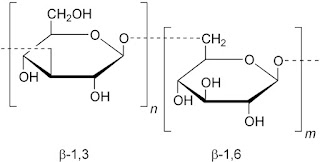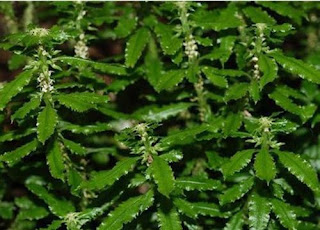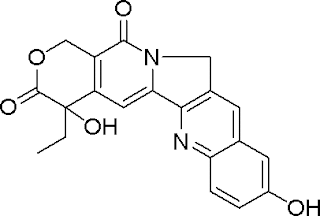Stay Youthful by Choosing HA Rich Cosmetic Products

Accepting that you are getting older and losing your youthful look is something not very easy. This is why the cosmetics industry is earning billions of dollars every year. The strong desire of looking young even beyond 40 years has given fame to every new anti-aging product and treatment in the market. Regardless of the possible drawbacks of such products, people are just busy trying them in the hope of positive results. However, there is nothing good about risking your health, beauty, and earnings in this way. Instead of blindly going for every possible way to achieve the desired results, it is better to make a wise choice at this point. With such a vast variety of anti-aging and several other cosmetic products in the market, it is easy to purchase something harmful for yourself. Here you must keep in mind that now your body is lacking those vitamins and minerals which you need for a healthy skin. So you need a product which can artificially supply all those missing requirements






